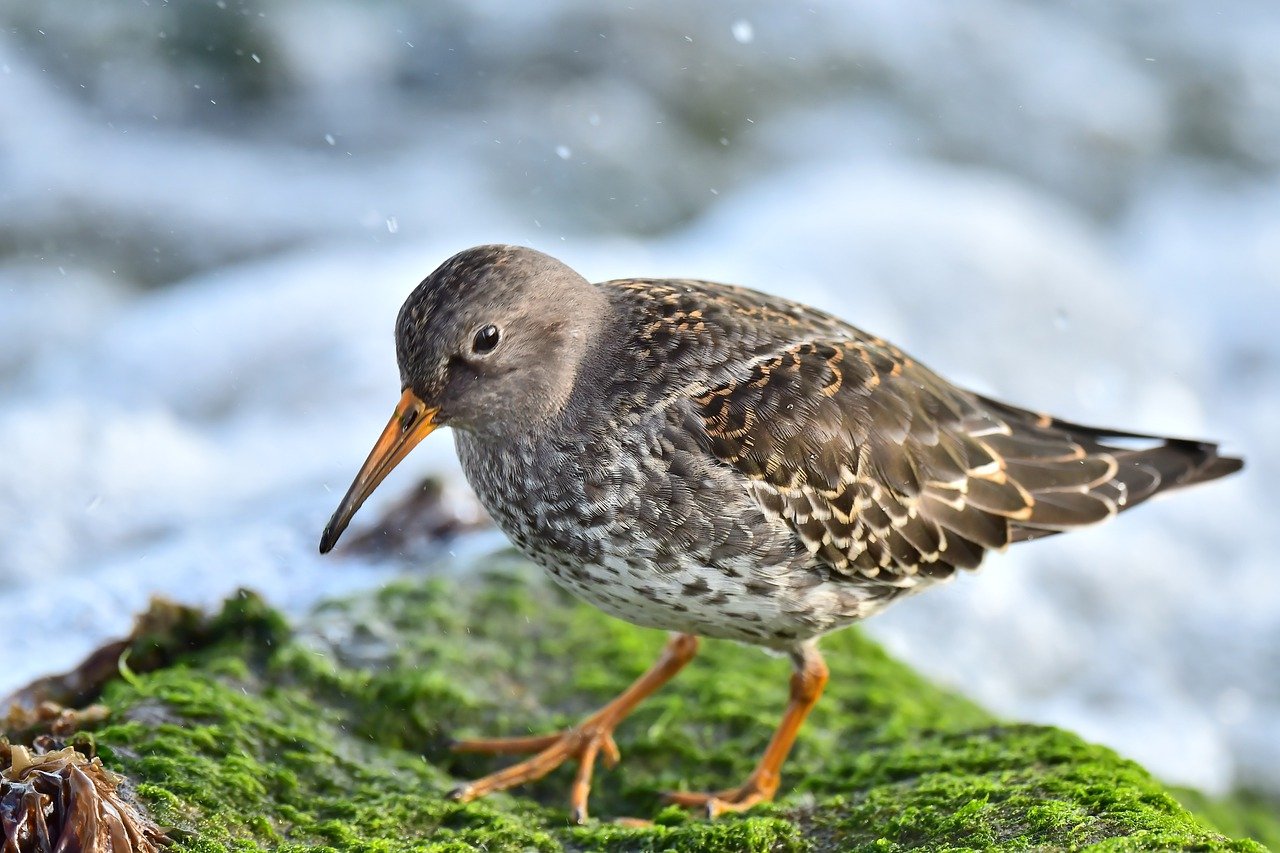Breeding biology of Purple Sandpipers Calidris maritima on the Hardangervidda, southern Norway
DOI:
https://doi.org/10.34080/os.v21.22606Keywords:
clutch size, nest density, parental care, breeding times, breeding successAbstract
Breeding Purple Sandpipers Calidris maritima were studied within an area of approximately 32 km2 on the Hardangervidda, southern Norway during 1978 to 1986. The minimum average density was 1.0 pairs per km2 in 1984. Clutch sizes were 3–4 (mean = 3.74), and egg sizes were small, reflecting the small size of the females compared to other populations. Hatching was in late June and clutch survival was 75%. The eggs in one nest were believed to have been trampled by a Reindeer. Chick growth was described for two broods. Broods were mostly attended by males. Only 8% (2 of 24 broods) were attended by females. Adult masses declined during the breeding season, supporting the theory that brood desertion by Arctic-breeding sandpipers could be related to loss of condition in the breeding adults. However, females, who usually desert the brood, did not decline in mass any faster than males. Birds from one pair were faithful to mate and site; the birds wintered apart (the female was seen in winter) and the pair re-united on the breeding territory.
Downloads

Downloads
Published
How to Cite
Issue
Section
License
Copyright (c) 2011 Rab Rae, Mike Nicoll, Ron Summers, Stuart Rae, Keith Brockie

This work is licensed under a Creative Commons Attribution 4.0 International License.
The copyright of each contribution belongs to the author(s), but all contributions are published under a Creative Commons license, so that anyone is free to share and reuse the contribution as long as the copyright holder is attributed.







